Vocal Training News
Researchers Report Successful New Laser Treatment For Injured Singers; Patients Treated Include Aerosmith’s Steven Tyler
Steven Tyler’s belting got the best of him when he burst a blood vessel in his vocal fold that prevented him from singing properly. He went on to have surgery with a gentle laser that sealed the ruptured vessel in 2006.
A new type of laser for voice surgery (phonosurgery), utilized for the first time at Massachusetts General Hospital (MGH), has allowed Aerosmith singer Steven Tyler to resume performing after a tour-ending vocal injury. Recently, he and Aerosmith guitarist Joe Perry headlined the annual Boston Pops July Fourth Esplanade concert.
Earlier this year Tyler, an icon in rock music, sustained bleeding into a vocal cord. Years of athletic vocal performance had led to the development of abnormal blood vessels that were predisposed to further injury. In March, Aerosmith’s current tour was cancelled so that Tyler could have his traumatized vocal-cord vessels surgically treated by Steven Zeitels, MD, director of the MGH Voice Center. Tyler has recovered from the procedure, and the band is currently recording prior to their upcoming tour, which gets underway in September.
Zeitels explains, “We previously adapted lasers that target blood vessels for use in the treatment of precancerous vocal-cord dysplasia. We then applied that experience to institute a new treatment strategy for one of the most common career-stopping problems in singers, which is vocal-cord bleeding that can also lead to the formation of benign growths such as polyps and nodes (nodules).” Zeitels is the Eugene B. Casey Chair of Laryngeal Surgery at Harvard Medical School.
A lifetime of singing can place vocalists at increased risk for vocal cord injury, similar to the risk of other injuries faced by high-performance athletes. This risk can occur with any singing style – rock, pop, opera or music theater – and is strongly associated with high-intensity performances. Zeitels has been treating elite singers for many years and was called on to work with Julie Andrews after she lost her singing voice due to a failed surgical procedure. He subsequently has collaborated with Miss Andrews to increase awareness of voice problems and spearhead a research project addressing her type of injury.
In treating Tyler, Zeitels utilized his group’s most recent innovation, a pulsed Potassium-Titanyl-Phosphate (KTP) laser. The standard continuous-firing KTP laser has been utilized in the past by surgeons as a tissue-cutting and ablating instrument. The MGH team is the first in the world to treat vocal cords and the rest of the larynx with accurately controlled pulses of KTP laser light. The Pulsed-KTP laser has dramatically elevated the precision and ease of laryngeal surgical procedures by more effectively controlling bleeding while being substantially gentler on the delicate vocal-cord tissue.
In scientific presentations at the American Otolaryngology meetings in May, the MGH researchers reported successful results in treating approximately 40 singers over the past 5 years – including Steven Tyler and Metropolitan Opera star Carol Vaness – with laser technology that targets blood vessels. They also reported another investigation using the Pulsed-KTP laser to treat vocal-cord dysplasia and papillomatosis as an office-based clinic procedure avoiding general anesthesia. This first reliable office-based treatment of these diseases evolved from a close collaboration between Zeitels and colleague R. Rox Anderson, MD, director of the MGH Wellman Center for Photomedicine. Previously the team had established the efficacy of angiolytic (targeting and shrinking blood vessels) lasers in microsurgical treatment of vocal-cord dysplasia with the Pulsed-Dye laser, which was also valuable for treating respiratory papillomatosis.


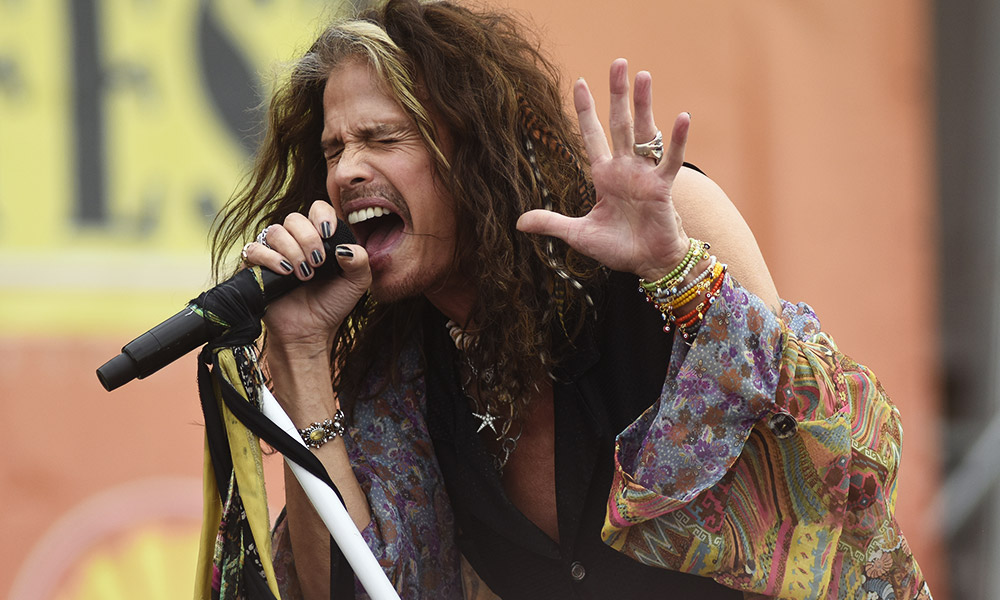


After training hundreds of vocalists, I have concluded that voice problems like Vocal Nodules can be avoided by learning and applying the fundamentals of vocal support and natural delivery techniques
Contact me below for FREE VOICE EVALUATION
I am Jonathan Morgan Jenkins. I started coaching individuals and groups of singers in 1992 and have coached hundreds of singers and public speakers. Through the years, I have seen a disturbing trend of celebrity singers who have endured some form of surgery on their larynx, mostly vocal nodules. At the same time, I did not see this trend in Classical and Musical Theater singers. Why was this? It had to be poor technique. While I was searching for ways to train my own limited vocal instrument, I discovered techniques that can create a healthy and powerful voice. My favorite moment is when a new students voice begins to come alive at the 1st lesson.
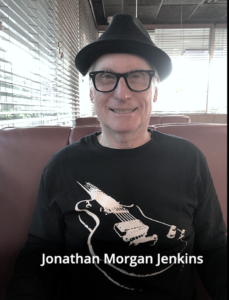
Vocal Student Reviews
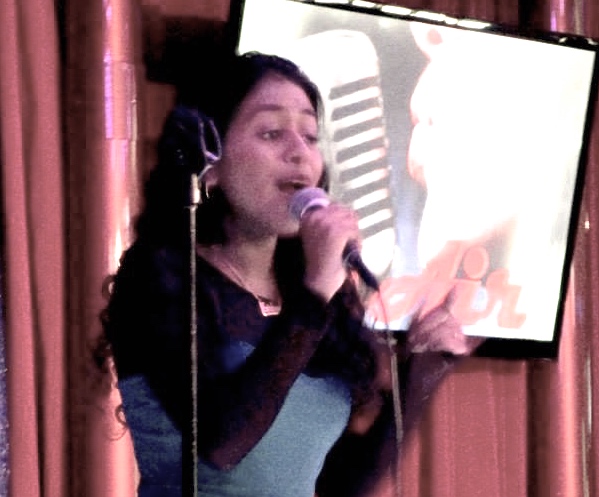
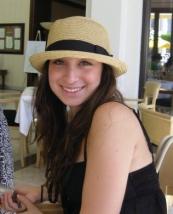
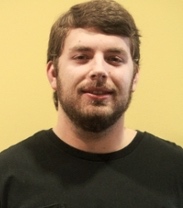

Watch My Latest Vocal Training Seminar
Buy My Powerful Vocal Training Book!
To further assist my private and virtual students in creating a rejuvenated and powerful voice, I have compiled over 30 years of experience coaching Singers, Public Speakers and Actors, into a my revolutionary vocal training book
”Singing and Speaking on the Edge of a Grunt”
"Jonathan’s book will be a must read for all of my acting students." A-List Acting Coach, Eric Morris
Buy Your Vocal Training Book!
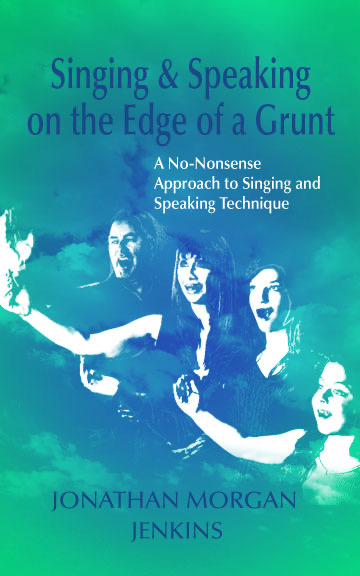
Important Vocal Damage Information
Vocal Nodule symptoms include:
- Hoarseness
- Breathiness
- A “rough” voice
- A “scratchy” voice
- A harsh-sounding voice
- Shooting pain from ear to ear
- Feeling like you have a “lump in your throat”
- Neck pain
- Less ability to change your pitch voice
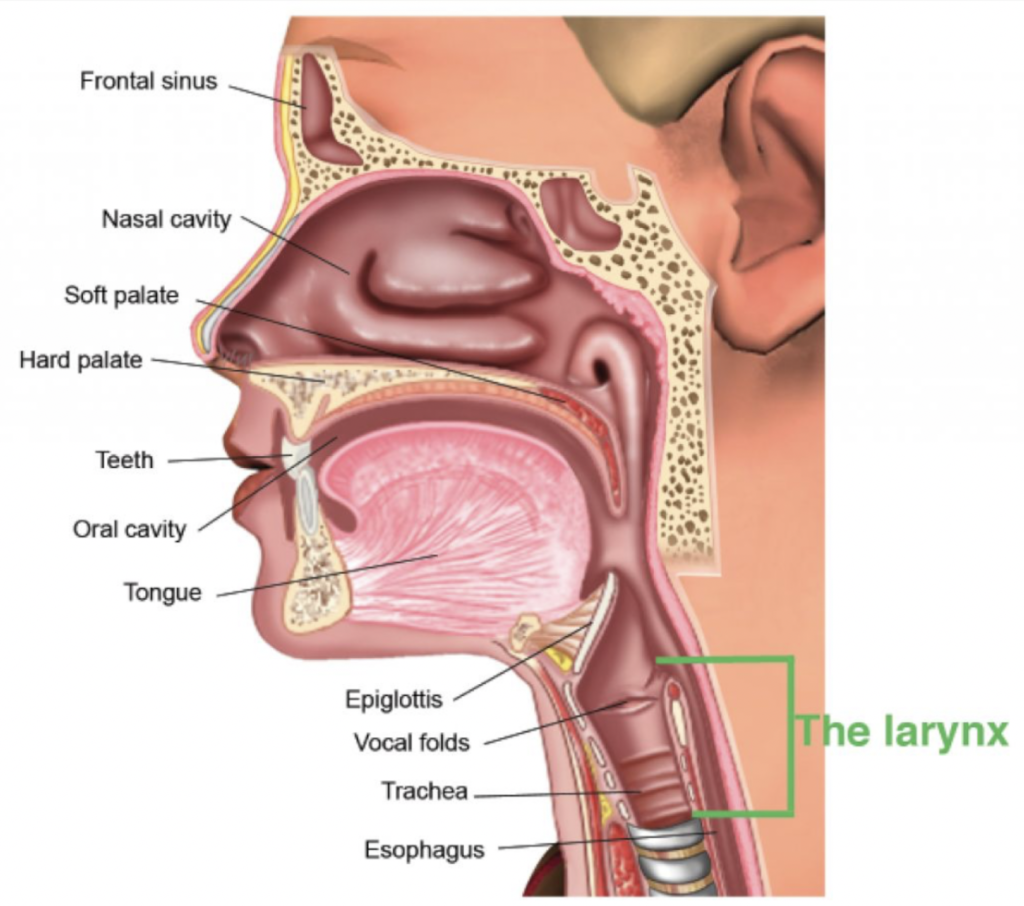
Vocal abuse can occur from:
- Allergies
- Smoking
- Tense muscles
- Singing Incorrectly
- Coaching Sports
- Cheerleading
- Talking Loudly
- Sore Throat not treated
- Drinking caffeine and alcohol, which dries out the throat and vocal folds
Treatments for Vocal Fold Nodules
Treatment depends on what caused the nodules, how big they are, and what problems you have. You may require surgery to remove the nodules. This is usually done only when they are large or have been there for a long time. Children do not usually have surgery.
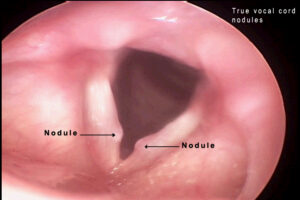
Prevention
Prevention involves proper coaching techniques that apply to all vocalists. After coaching hundreds of vocalists, I have discovered that the main problem is the initial techniques involving proper breathing and vocal support. The FUEL of the Voice is air. If that air is not of a sufficient quantity and it is not delivered to the larynx under proper pressure, the larynx becomes tight, stressed and unable to deliver sound in a free and powerful manner. This continued stress on the Larnyx can produce pain and eventually Vocal Nodules
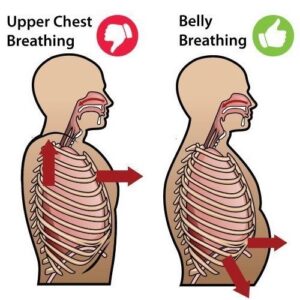
Vocal Coaching
At Your Voice Is Your Life, I offer all vocalists a Free Vocal Review to determine the best individual vocal training approach for each student. I offer a 3 month intensive of weekly 1 hour coaching sessions in studio and virtual that are normally sufficient to coach a vocalist to produce sound in a healthy and powerful manner without creating vocal cord damage.



